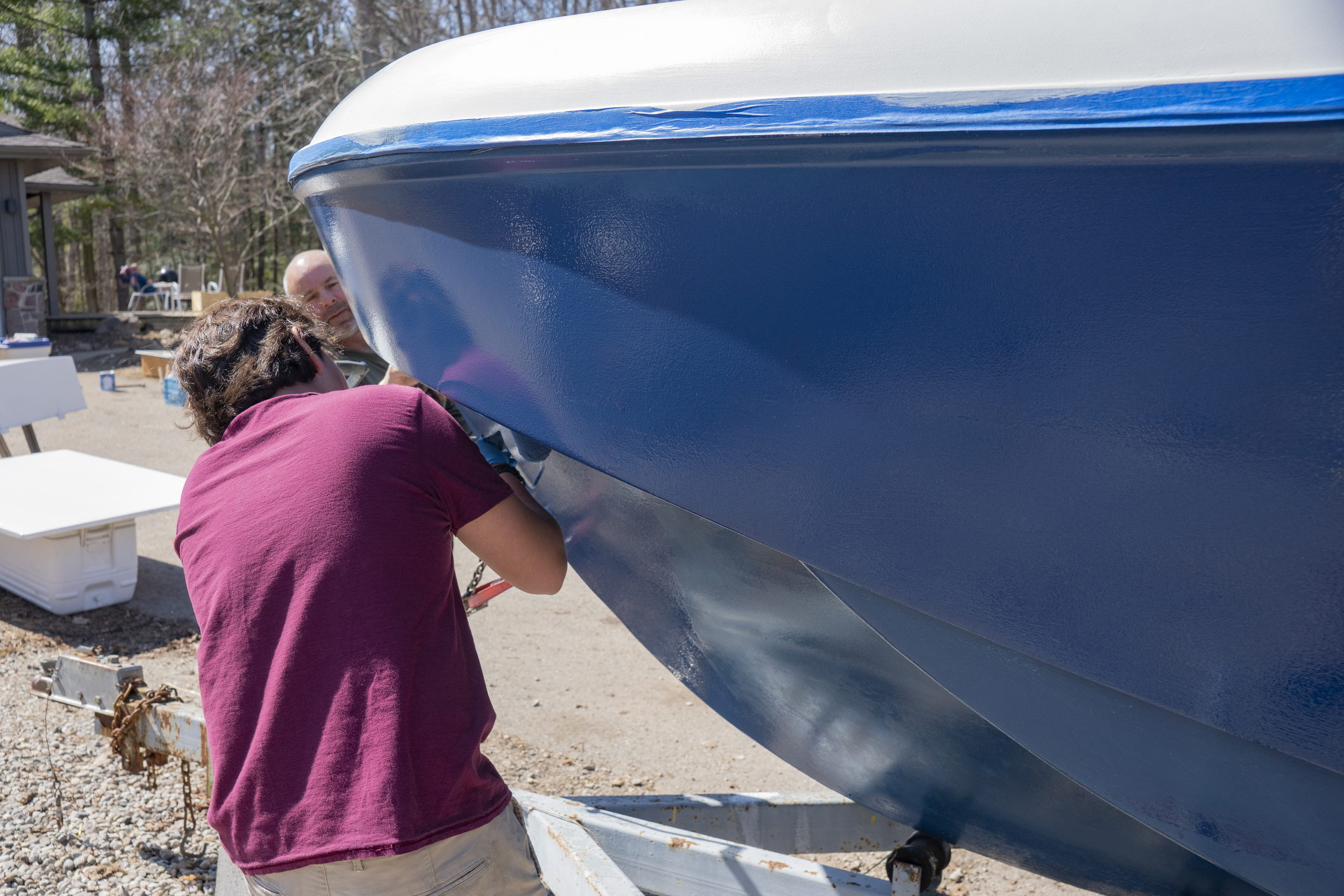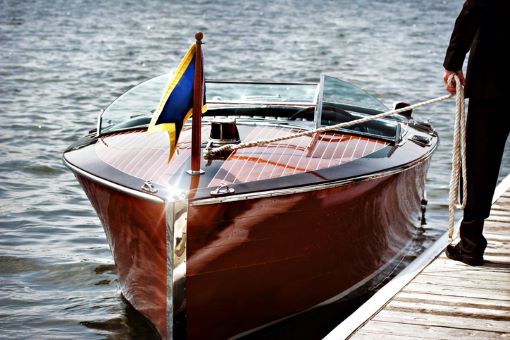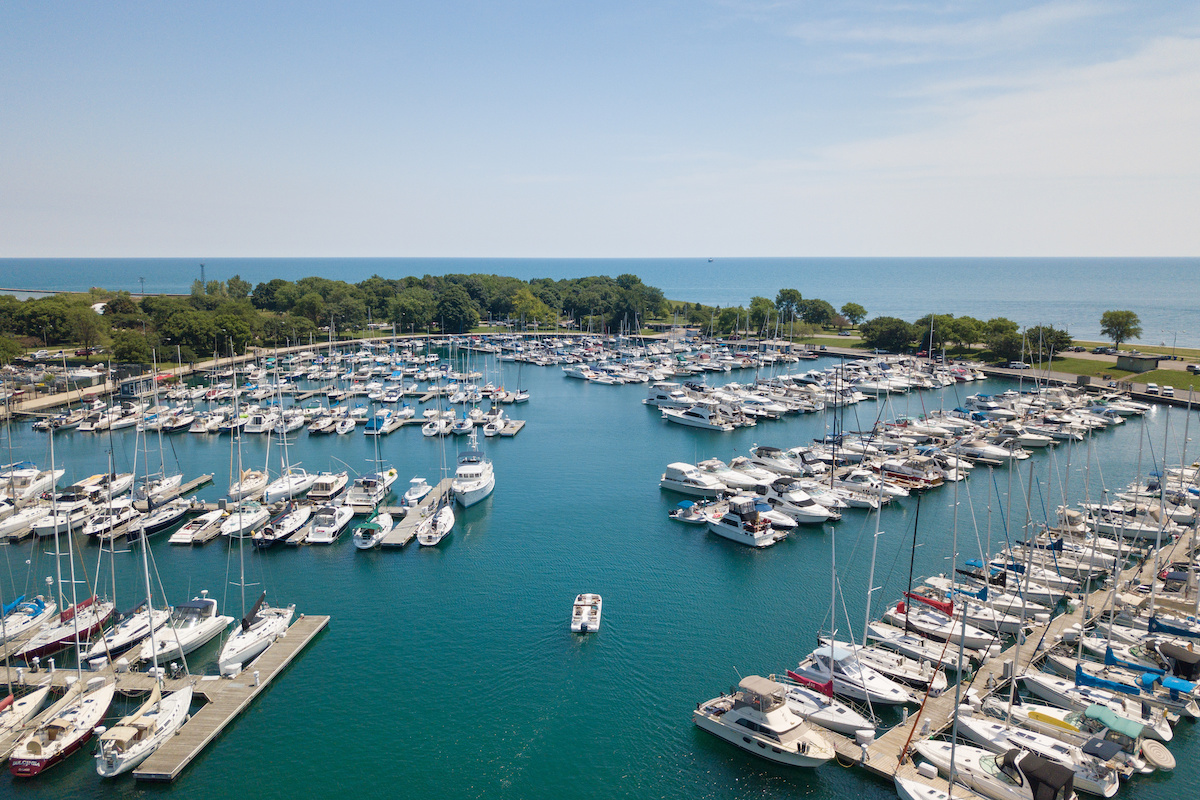Boat owners often form deep bonds with their vessels, motivating them to restore rather than replace them. This commitment to preservation allows us to appreciate the enduring beauty of classic and antique boats. Plus, it's a budget-friendly option compared to purchasing new.
But before diving into boat refurbishing, it's essential to understand that restoring a boat requires considerable time, effort, and resources. This blog post will explain how to restore a boat, the pros and cons, and restoration alternatives.
The Pros of Restoring Your Boat
Let's discuss why people choose to restore their boats:
1. Cost Compared to Buying New
Aside from sentimental value, many people opt for restoration because it's cost-effective compared to purchasing a new boat. While material expenses can accumulate, they don't compare to the hefty price tags of brand-new boats. Restoration expenses primarily involve the cost of supplies and occasional assistance from a laborer for more challenging tasks.
2. Sense of Accomplishment and Pride
Building and restoring your boat creates a unique masterpiece tailored to your style and preferences. Your one-of-a-kind creation will be a testament to your dedication and craftsmanship – a vessel built with your own two hands.
3. Develop New Skills or Improve Old Ones
Every restoration project is an opportunity to learn valuable boat skills! Throughout your journey, you'll gain practical knowledge about mechanics, parts, and additional information needed to complete your project.
The Cons of Boat Restoration
Restoration projects can be demanding, and many sailors are hesitant to commit. Several factors influence people's decision not to undertake these types of projects:
1. Time and Effort
Restoring a boat can be seriously labor-intensive! Restorations require a significant time commitment, as you must allocate several hours. Many people find long-term restorations peaceful and satisfying. However, others find the pressure to complete it before the season begins overwhelming.
2. Unknown Challenges
You'll inevitably encounter unforeseen challenges. For instance, depending on your boat's make, model, and year, the manufacturer might not even sell that part anymore – meaning you'll have to get creative. If you expect the unexpected, you'll overcome any challenges!
3. Liability Concerns
In the unfortunate event of an injury, you'll likely bear responsibility for any resulting damages. Additionally, note that the quality of your craft can impact your boat's warranty and cause potential insurance complications. For this reason, it's best to hire a professional if you're unsure how to restore boat parts.
How to Restore Boat Accessories and Parts
Before you begin restoring, it's essential to have your vessel surveyed by a professional. This helps uncover hidden problems lurking beneath the surface (pun intended). In addition, doing so saves you time, money, and headaches.
Next, make sure to clean every nook and cranny. This step might seem counterintuitive but will benefit you in the long run. Cleaning removes obstructions and makes inspection easier. You should also remove any unnecessary hardware and finishes.
Now it's time to carefully plan your restoration, making a list of materials you need and the order in which you'll tackle tasks. Once you're ready to begin, start with essential structural repairs like fixing holes, leaks, or rot. This includes inspecting, repairing, or replacing weakened parts.
The next step is to repair all lines and sails. Then, decide whether engine repairs or replacements are the way to go. Once you restore the major components, it's time to sand, seal, add finishes, and replace hardware. Then, you can address interior elements like floors and seats.
Finally, test everything on both land and water to ensure it functions as it should. We also recommend creating a maintenance plan to ensure your hard work stays at its best.
Additional Tips for Boat Restoration
If you're up for a rewarding restoration project, consider checking out repossessed boats available for purchase online or at boat lots. These are significantly more affordable than their new or used counterparts. Additional alternatives to boat restoration include buying a used vessel or hiring a crew to restore a boat.
Here's another money-saving tip: Consider purchasing upcycled or repurposed parts instead of brand-new ones. Not only will you save money, but you'll be breathing new life into old pieces.
Lastly, you'll want to document your progress with photos and notes and test everything you do. This helps you keep track of your work and ensures you have proper insurance company documentation.
Wrapping Up Boat Restoration Advice
Refurbishing a boat can be a rewarding and uniquely challenging experience. And trust us when we say there's no greater satisfaction than seeing your vision come to life. If you are considering boat restoration, we hope this article points you in the right direction! Good luck, captain.


